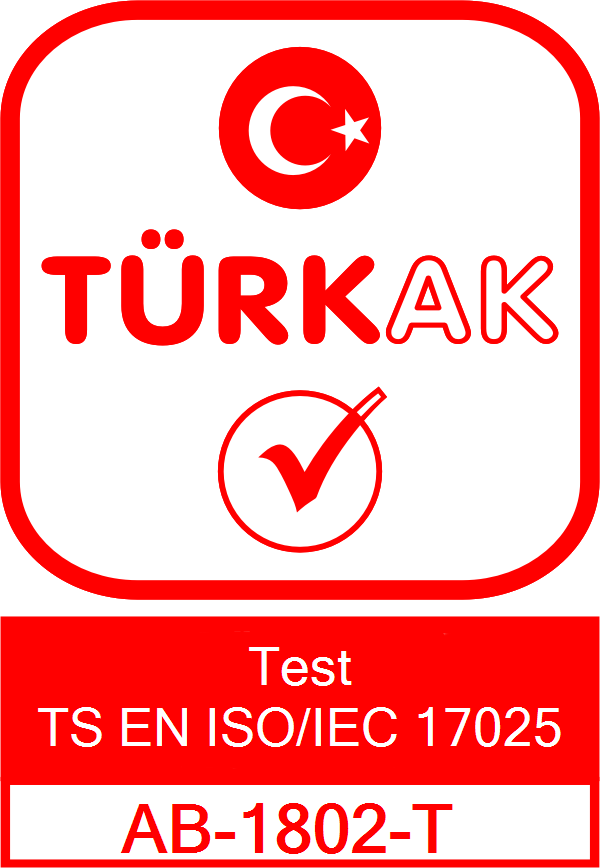Determination of Ethylene Chloride Hydrin Residue
Ethylene Chlorohydrin (HOCH₂CH₂Cl) Residual Analysis – GC-MS Method – TS EN ISO 10993-7 Annex B
1. What is Ethylene Chlorohydrin (ECH)?
Ethylene Chlorohydrin is a toxic by-product formed after ethylene oxide (EO) sterilization of medical devices. With the chemical formula HOCH₂CH₂Cl, ECH is classified as a hazardous compound due to its nephrotoxic, hepatotoxic, and neurotoxic effects.
2. Why is ECH Residual Testing Necessary?
-
EO sterilization may produce ECH and ethylene glycol residues as secondary products.
-
ECH is more stable than EO and may remain longer on the surface of devices.
-
Therefore, measuring ECH residuals is essential for ensuring patient safety and regulatory compliance.
3. ISO 10993-7 Annex B – Residual Limits
| Device Contact Duration | Maximum ECH Residual (mg/device) |
|---|---|
| Short-term contact (<24 h) | ≤ 9 mg |
| Long-term contact (>24 h) | ≤ 4 mg |
| Implantable devices | ≤ 0.5 mg |
4. GC-MS Method for ECH Residual Determination
Sample Preparation
-
Devices are aerated post-sterilization.
-
Extracted using ultrapure water or water-methanol under sterile conditions.
GC-MS Analytical Conditions (Example)
| Parameter | Setting |
|---|---|
| Column | DB-Wax, 30 m × 0.25 mm × 0.25 µm |
| Carrier Gas | Helium |
| Injection Mode | Splitless |
| Ionization Mode | EI, 70 eV |
| Target Ions | m/z 64, 49 (ECH) |
Calculation
5. Importance of ECH Residual Testing
-
Ensures safety of sterilized medical devices
-
Required for CE Marking, FDA submissions and ISO 13485 compliance
-
Supports biocompatibility and toxicological risk assessment
6. TTS Laboratory Services Support
At TTS Laboratory Services, we perform ECH residual analysis in compliance with ISO 10993-7 Annex B, using validated GC-MS techniques.
✔ EO, ECH, EG residual quantification
✔ Sterilization validation & aeration verification
✔ ISO/IEC 17025-compliant reporting
✔ Biocompatibility & toxicological risk evaluation

